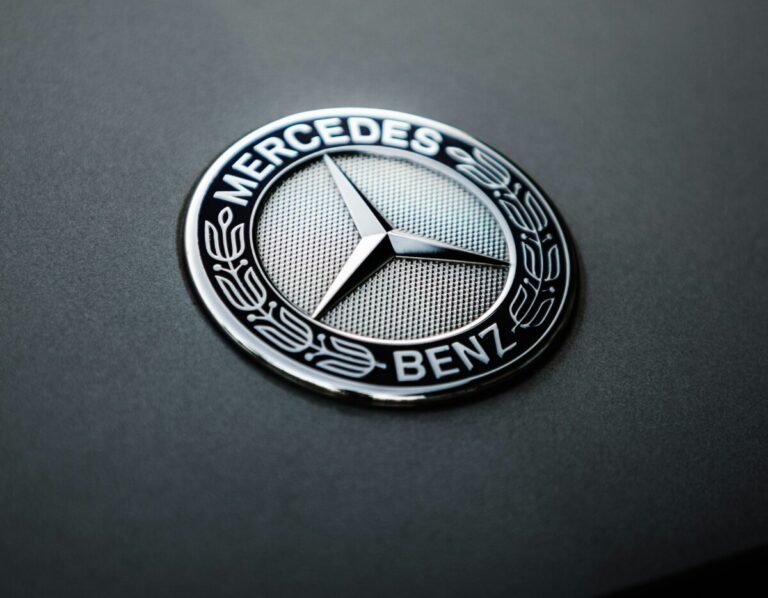Mercedes-Benz said it is now evaluating a 20% efficient, silicon-free photovoltaic coating that is significantly cheaper than conventional solar panels.
Mercedes-Benz has shared what it describes as an “exclusive insight into research activities and future technologies”, showcasing several innovations currently being tested for feasibility.
The innovations include a range of concepts, from augmented reality glasses to alternatives to leather, made from recycled plastic and biotechnologically produced materials.
Other developments include a regenerative brake integrated into the motor and transmission unit of electric cars, which is virtually maintenance and wear-free, and drive batteries that are controlled at the cell level.
One of the innovations is a ‘solar paint’, a PV coating designed for vehicle energy generation. This coating consists of ‘innovative solar modules’ of only 5 micrometers thick, which are applied seamlessly to the bodywork as a wafer-thin paste.
The photovoltaic surface can be applied to any substrate and the protective layer is a new type of nanoparticle-based paint that transmits 94% of the sun’s energy. Weighing 50 grams per square meter, Mercedes-Benz aims to ensure that the coating can cover all exterior surfaces of a vehicle, regardless of shape or angle.
Mercedes-Benz claims a 20% efficiency for the solar paint. For a medium-sized off-roader, with a solar panel area of 11 m², the coating could generate enough energy to travel up to 12,000 km per year, under ideal conditions and based on solar radiation at the company’s production site in Stuttgart, Germany .
It provided two operational examples. In Stuttgart, a Mercedes-Benz vehicle typically travels 52 km per day, with 62% of that distance powered by solar energy directly feeding the high-voltage battery. In Los Angeles, a customer could cover up to 100% of their daily commute using only solar energy.
Mercedes-Benz provided few additional details about the cell technology, but said the solar paint does not contain any rare earth elements or silicon. The material is made from non-toxic, easily available raw materials and is recyclable. It is also significantly cheaper to produce than conventional solar panels.
This is not the first solar initiative from Mercedes-Benz. Nearly three years ago, the company collaborated with the Fraunhofer Institute for Solar Energy Systems ISE to develop a solar roof for its ‘Vision EQXX’ concept, using silicon cells.
This content is copyrighted and may not be reused. If you would like to collaborate with us and reuse some of our content, please contact: editors@pv-magazine.com.


